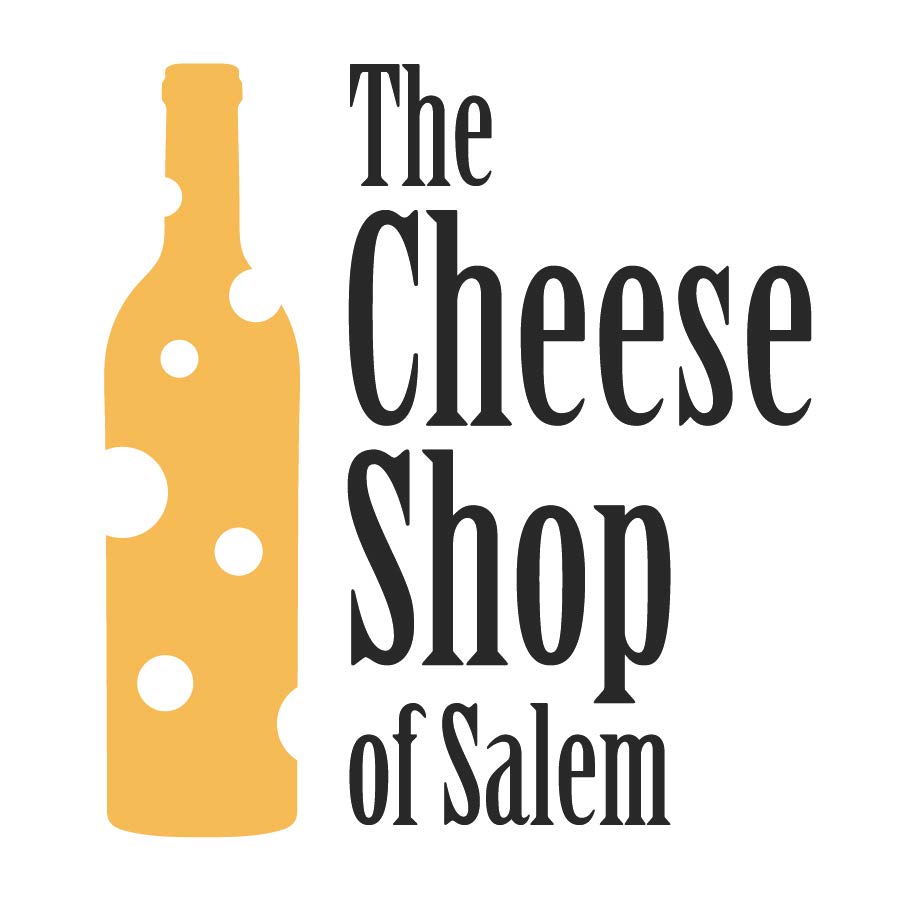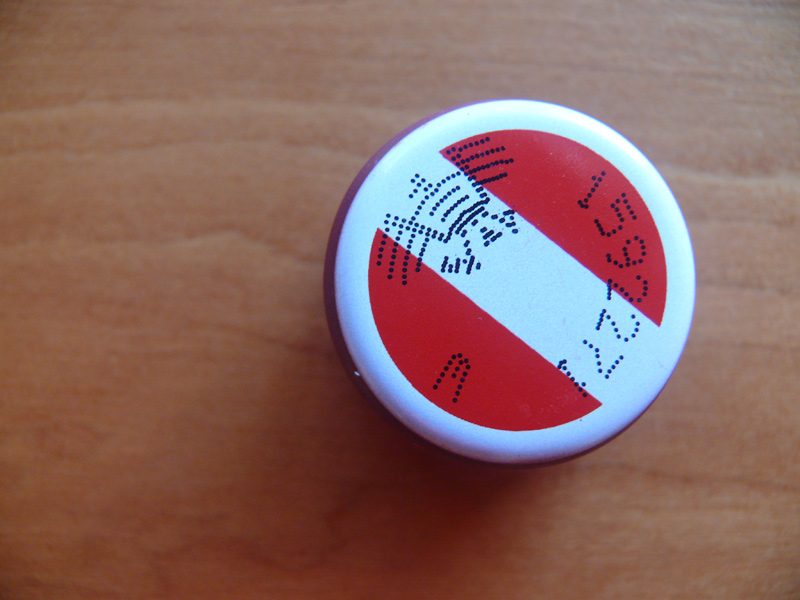Austria in a Bottle
Free tasting | Friday, April 19, 2019 | 5-7PM
What do Christoph Waltz, Amadeus Mozart, and Sigmund Freud all have in common? They are all from Austria, an exciting country that ranks 13thin wine production worldwide. Even though Austria and Germany share a part of a border, the wine from both of these countries (particularly the white wines that we’ll be focusing on today) could not be more different. They are fuller-bodied with a certain joie de vivreand razzle-dazzle!
Austria has a long history of winemaking. The Celts first planted vines here in 4thcentury BC and, similar to Burgundy, Cistercian Monks cared for vineyards in Austria as well. The modern day history of winemaking began in 1919 after the modern day borders of what is now Austria were established after the dissolution of the Austro-Hungarian Empire.
Austria’s wine reputation was heavily tarnished because of a few unscrupulous individuals during the ‘antifreeze scandal’ in 1985. As a country, Austria took this crazy scandal very seriously and quickly drafted up some of the strictest wine laws in Europe focusing on quality in their winemaking. Since then Austria has earned a reputation as one of the top winemaking nations worldwide and create beautiful expressions of wine from its terroir. (Wine nerd fact: Austrian wine law defines three levels of quality: Wein, Landwein, and Qualitätswein. For more information, read here!)
While Austria does create excellent red wines from grapes that are as fun to say as they are delicious (ex: Zweigelt and Blaufränkisch) they are also known for their white wines. Riesling, a grape that thrives in cooler environments, grows plentifully in Austria and is often a powerhouse of vibrancy and petrol notes. Despite the name, the white grape Welschriesling is NOT related to Riesling but is a varietal that is used in both sweet and dry whites. (We’ll open a Welschriesling at Friday’s tasting, as well as a Riesling.)
But the real powerhouse of Austrian whites that makes all the other grapes pout enviously is Grüner Veltliner. This grape accounts of 31% of total acreage in Austria! If you’ve had Grüner before don’t mistakenly think that you know what all Grüner tastes like. This grape runs the spectrum of starkly dry with notes that vary like white flowers, pear, apple, and stones. If you are in doubt about a white wine pairing for your next dinner party, go for a Grüner! This is a great pairing wine because of the high level of a naturally occurring compound called Rotundone. (Grüner Veltliner’s naturally high levels of Rotundone are up to 17 times the average person’s sensory threshold, even more than Syrah! Read more here!)
Austria is known for having extremely hot and dry summers and harsh winters. Bordering Hungary is Burgenland, which is the sunniest part of Austria and the 2ndlargest wine growing region in the country. The largest wine region is called Lower Austria and is actually 8 different wine districts that form a circumference around Vienna. You’re more likely to hear it referred to as Niederösterreich. Over half of Austria’s vineyards are planted here! Niederösterreich is the land of amazing Riesling and Grüner Veltliner particularly because of the rich gneiss soil and the Danube River.
See you on Friday!
Molly
2017 Rainer Weiss Grüner Veltliner
Who: Rainer Wess
What: Grüner Veltliner
Where: Niederösterreich
How: Aged in stainless tank
Farming Method: Organic practices
Fun Fact: Rainer’s winery in Krems in a renovated 300 year old wine cellar that was formerly used by Monks for their winemaking.
Tasting Notes: Super dry and austere with notes of white flowers and lime.
2017 Gut Oggau ‘Theodora’
Who: Stephanie and Eduard Tscheppe
What: Grüner Veltliner and Welschriesling
Where: Burgenland
How: Biodynamic with no sulfur added
Fun Fact: These wines are not only Stephanie and Eduard’s wine-children, they are a family of their own! Each wine is so unique and complex that these winemakers found themselves naming them and giving them backstories. So everyone, meet Theodora, daughter of Wiltrude.
What It Tastes Like: Theodora is described as the elegant and resident prankster of this winery. Imagine what mischief would be like in a glass!
2014 Höpler Riesling
Who: Christof Höpler along with his Dad, Jost Höpler
What: Riesling
Where: Burgenland
How: Aged in steel tank
Farming Method: Sustainable, bordering Organic
Fun Fact: Höpler makes the house wine for the Trapp Family Lodge (of the von Trapp family) in Stowe, Vermont!
Tasting Notes: Like the rich Lemon Tart from A & J King Bakery in Salem, MA!





